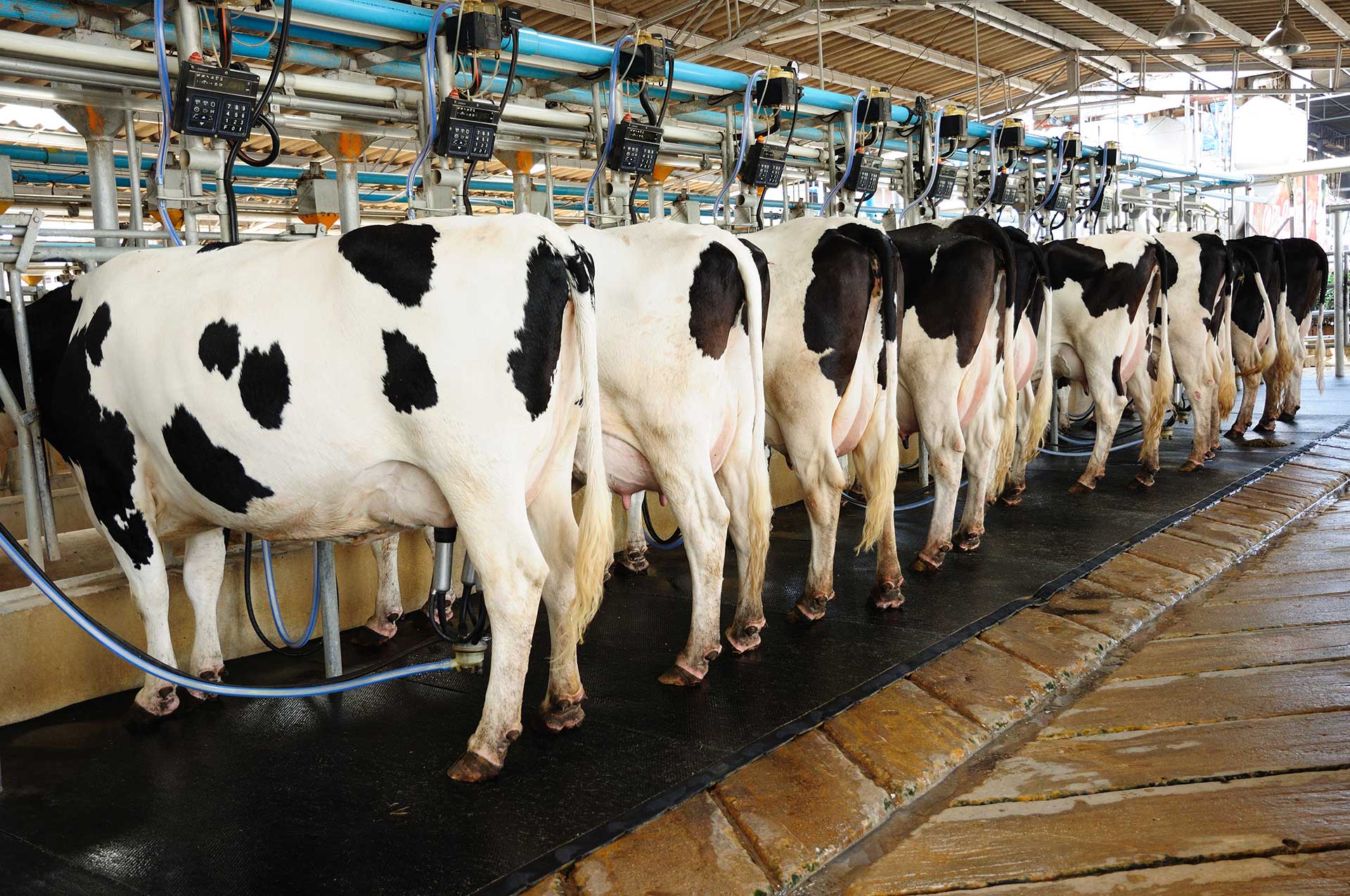Listeria Monocytogenes Testing in Dairy Products
Ensuring food safety is a critical aspect of dairy production and processing. Listeria monocytogenes poses significant health risks, particularly for vulnerable populations such as pregnant women, newborns, the elderly, and those with compromised immune systems. Detecting this pathogen early can prevent severe health outcomes and protect public health.
The presence of Listeria monocytogenes in dairy products is a serious concern, especially in processed items like cheese, milk, yogurt, and deli meats. This bacterium can survive under refrigeration conditions and multiply even at low temperatures. Consequently, it is essential to implement stringent quality control measures during the production process.
To meet these challenges, laboratories offer comprehensive testing services that adhere to international standards such as ISO 17025 and ISO/IEC 17034. These standards ensure the competence of the laboratory in performing reliable tests. Compliance with these guidelines is vital for maintaining high-quality production processes.
The first step in Listeria monocytogenes testing involves collecting samples from various points within the dairy processing environment, including raw milk, finished products, and surfaces. Proper sample collection is crucial to ensure accurate test results. Following collection, samples undergo rigorous laboratory analysis using methods like enrichment culture, direct plating, or PCR (polymerase chain reaction).
Enrichment culture involves growing bacteria in a specific nutrient broth under controlled conditions for 24-48 hours before further testing. Direct plating allows for the immediate identification of colonies on selective agar plates containing antibiotics and other inhibitors that suppress non-target organisms. Alternatively, PCR-based techniques provide rapid detection by amplifying DNA sequences unique to Listeria monocytogenes.
Once identified, positive isolates undergo further characterization using serotyping, pulsed-field gel electrophoresis (PFGE), or multilocus sequence typing (MLST) to trace the source of contamination. This information helps manufacturers implement targeted corrective actions and prevent future outbreaks.
The importance of Listeria monocytogenes testing extends beyond just detecting pathogens; it also supports continuous improvement in hygiene practices throughout the supply chain. By identifying potential sources of contamination early, dairy producers can enhance their reputation for quality and safety while complying with regulatory requirements imposed by organizations such as the FDA (Food and Drug Administration) and EU authorities.
In conclusion, Listeria monocytogenes testing plays a pivotal role in safeguarding public health and ensuring consumer trust. Through meticulous sample collection, advanced laboratory techniques, and robust data analysis, laboratories provide reliable results that contribute to safer dairy products.
Applied Standards
The testing of Listeria monocytogenes in dairy products follows several internationally recognized standards aimed at ensuring accuracy and consistency across different jurisdictions. Key among these are:
- ISO 11290-1:2017 – General requirements for the detection of Listeria monocytogenes.
- ASTM E2485 – Standard practice for sampling and analysis of milk, dairy products, and related ingredients for presence of Listeria monocytogenes.
- EN ISO 17025:2017 – General requirements for the competence of testing laboratories.
These standards provide a framework for laboratory practices, ensuring that all tests are conducted under controlled conditions and meet strict quality criteria. Compliance with these guidelines enhances confidence in the accuracy and reliability of test results.
Industry Applications
| Application | Description |
|---|---|
| Dairy Product Quality Control | Ensure compliance with regulatory standards and maintain product integrity. |
| Supply Chain Management | Track contamination sources to improve hygiene practices throughout the supply chain. |
| Risk Assessment & Mitigation | Evaluate potential risks associated with Listeria monocytogenes and implement preventive measures. |
| Infection Control Programs | Identify pathogenic strains and develop strategies to prevent further spread in facilities. |
| R&D & Innovation | Investigate new methods for improving detection sensitivity or reducing false positives. |
| Regulatory Compliance | Promote adherence to local, national, and international regulations regarding food safety. |
| Consumer Confidence Building | Showcasing commitment to safe products fosters trust among consumers. |
Dairy producers rely on accurate Listeria testing to maintain their reputation for quality and ensure compliance with stringent regulations. By adhering to these standards, laboratories contribute significantly to the overall safety of dairy products consumed worldwide.
Quality and Reliability Assurance
- Regular Calibration: Ensures all instruments used in testing are functioning correctly and consistently.
- Standard Operating Procedures (SOPs): Provide detailed instructions for every step of the testing process to minimize variability.
- Internal Audits: Regular reviews conducted internally by trained personnel to identify areas needing improvement.
- External Proficiency Testing: Participation in external programs where laboratories submit results alongside others for comparison and validation.
- Data Validation: Verification of data accuracy through statistical analysis or cross-referencing with other reliable sources.
- Continuous Training: Ongoing education for staff members to stay updated on the latest methodologies and best practices.
By implementing these measures, laboratories ensure that their testing services are not only precise but also consistently meet high standards of quality and reliability. This dedication to excellence helps build trust with clients and stakeholders alike.





